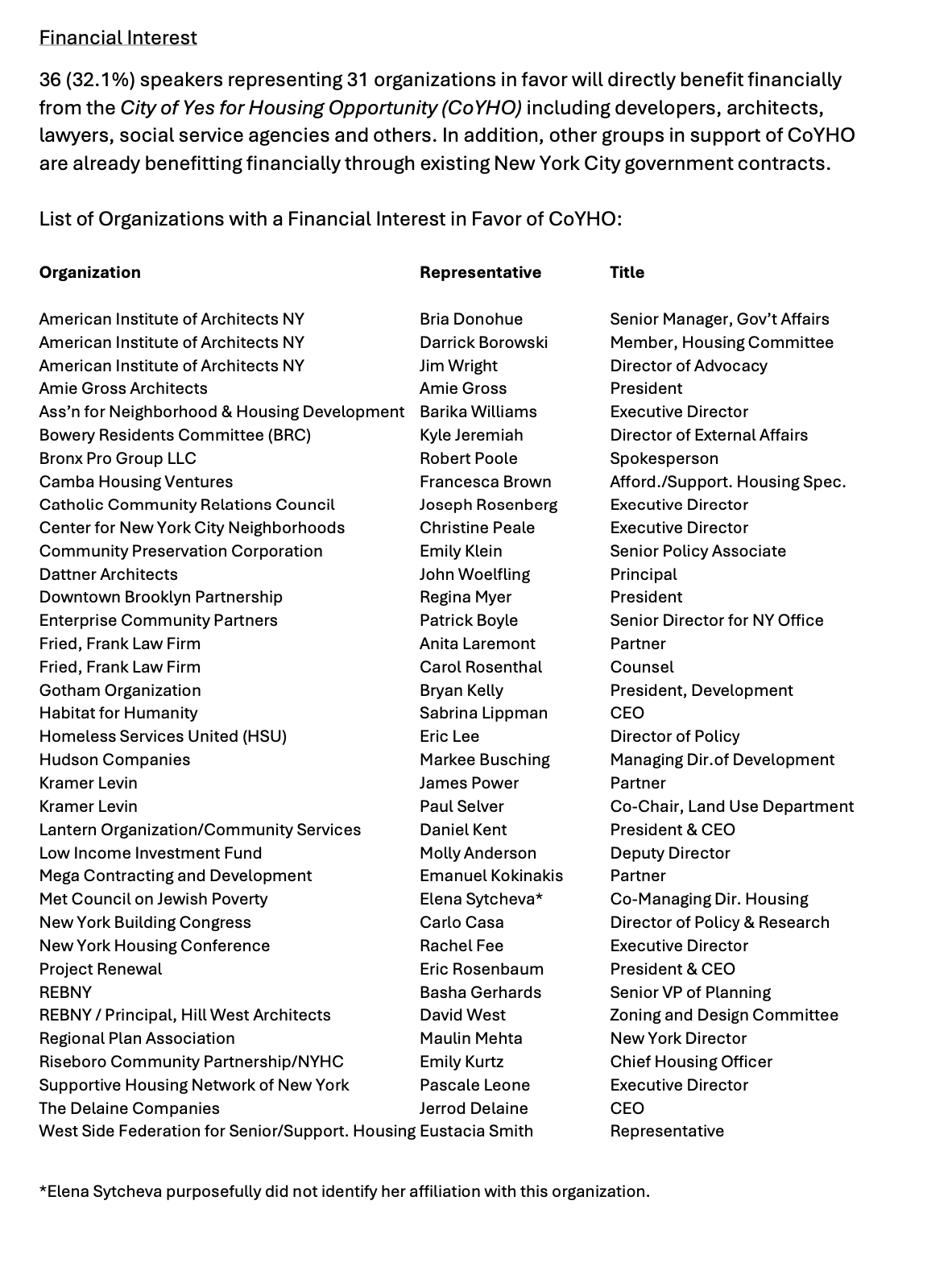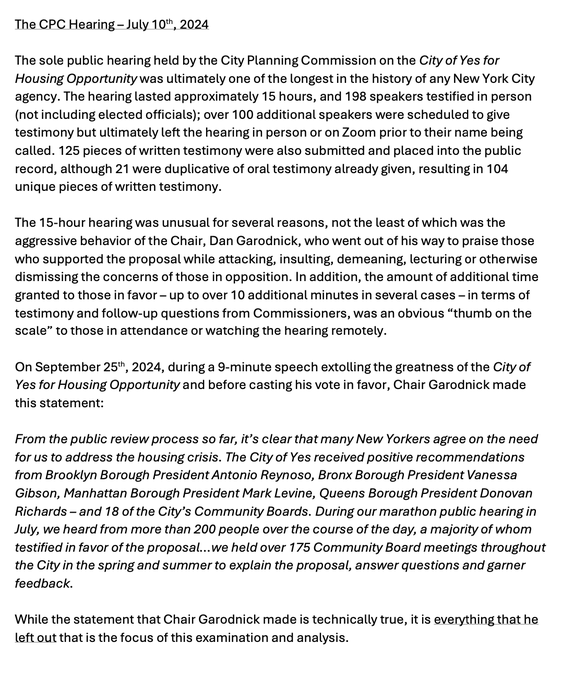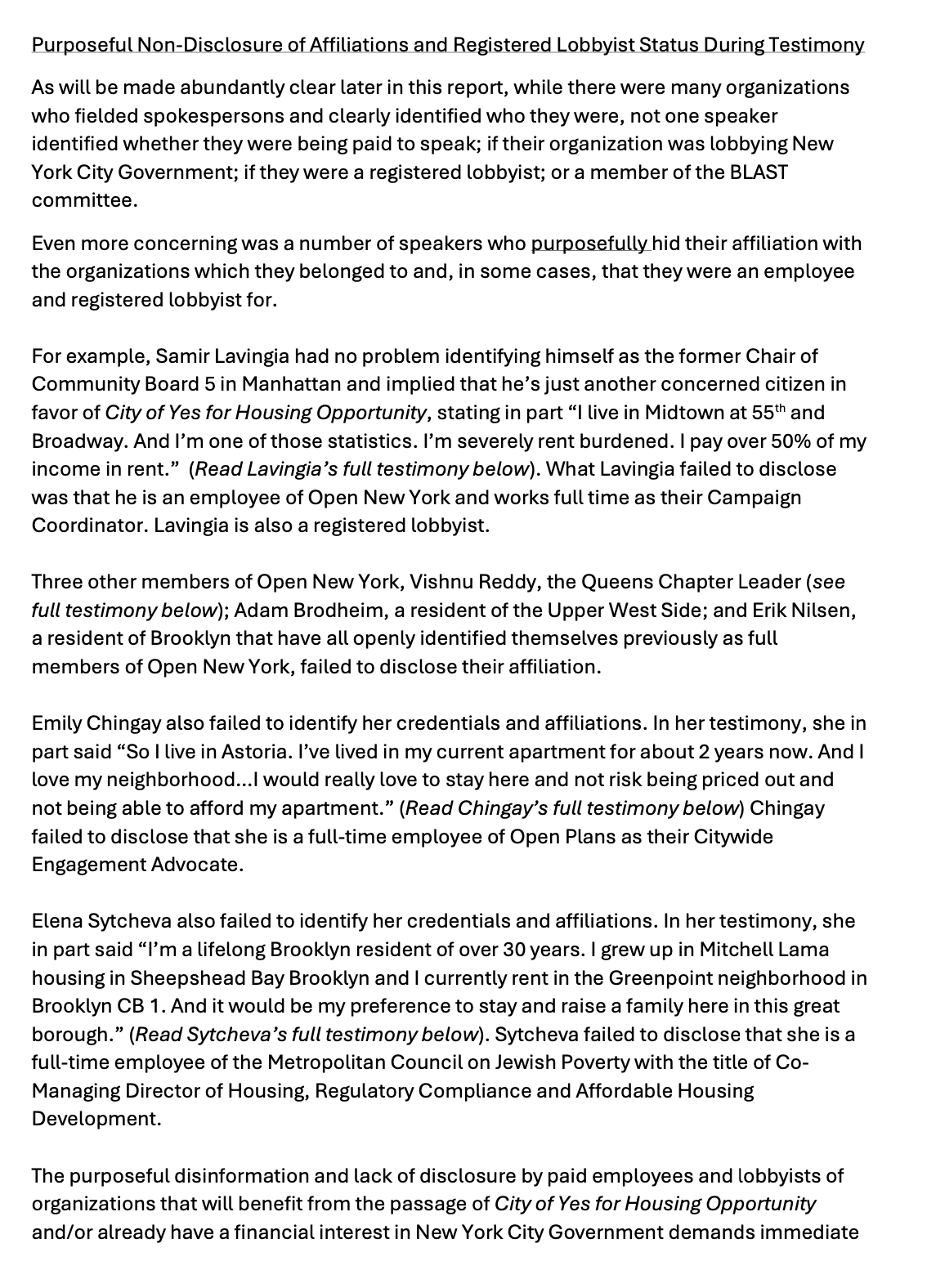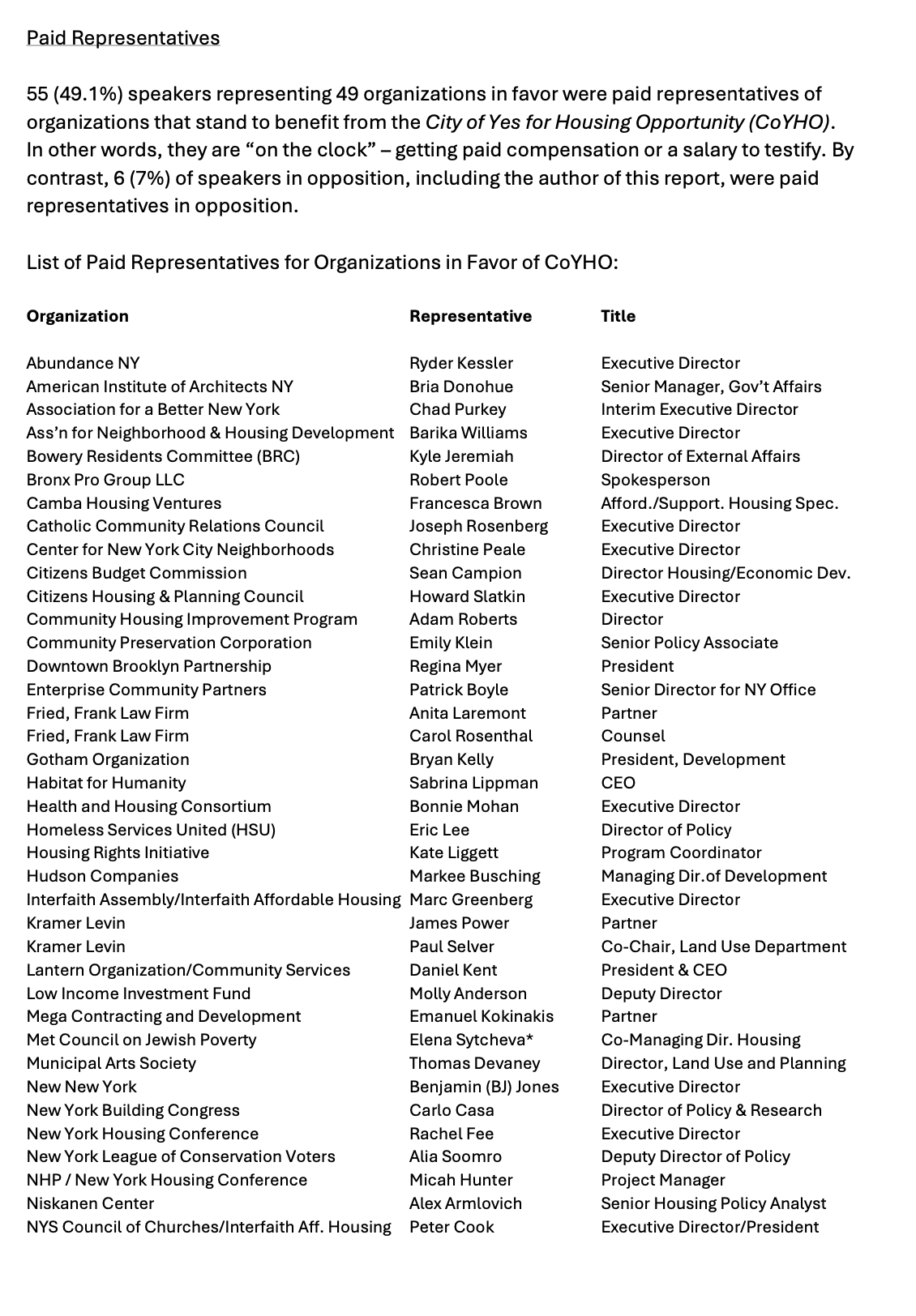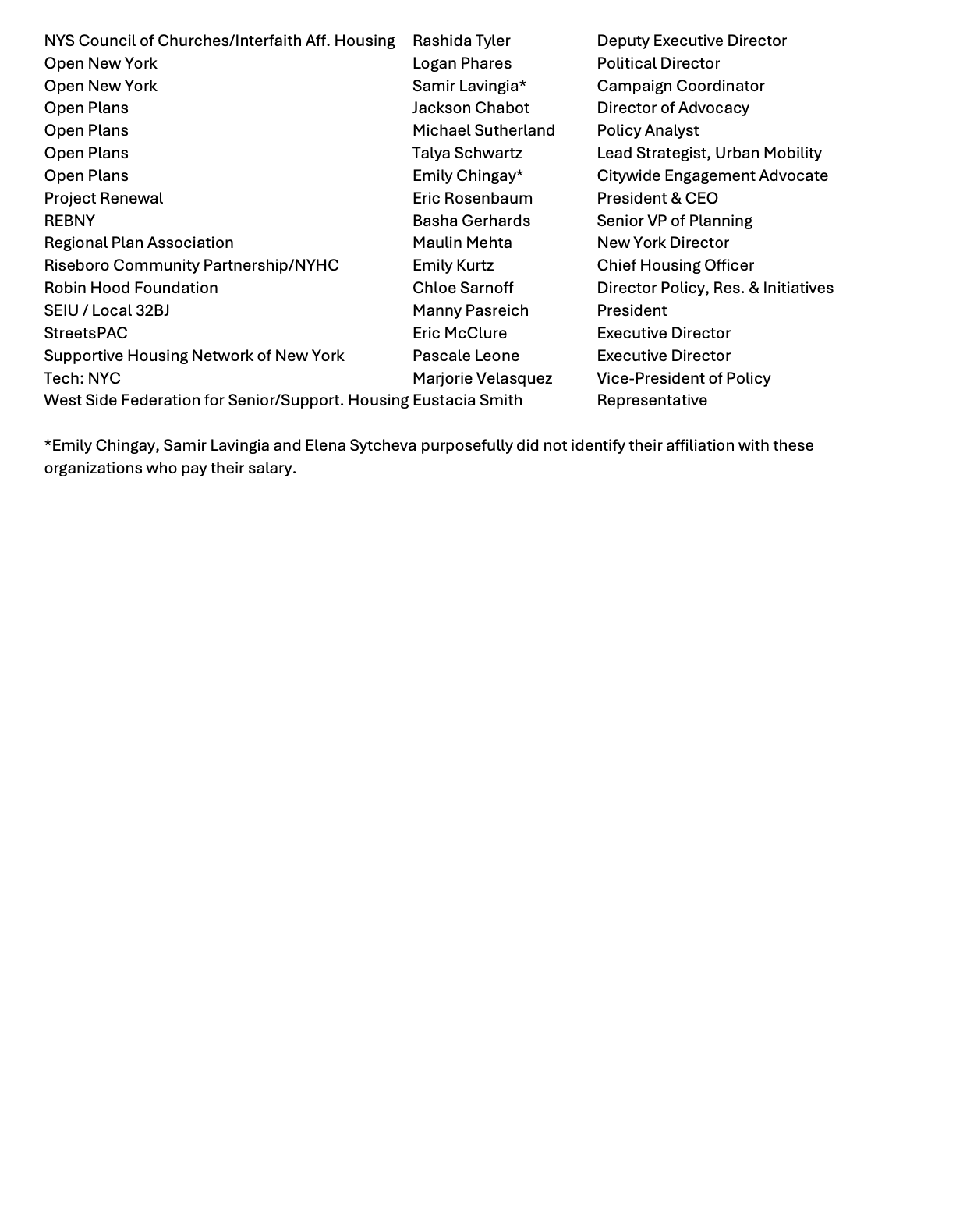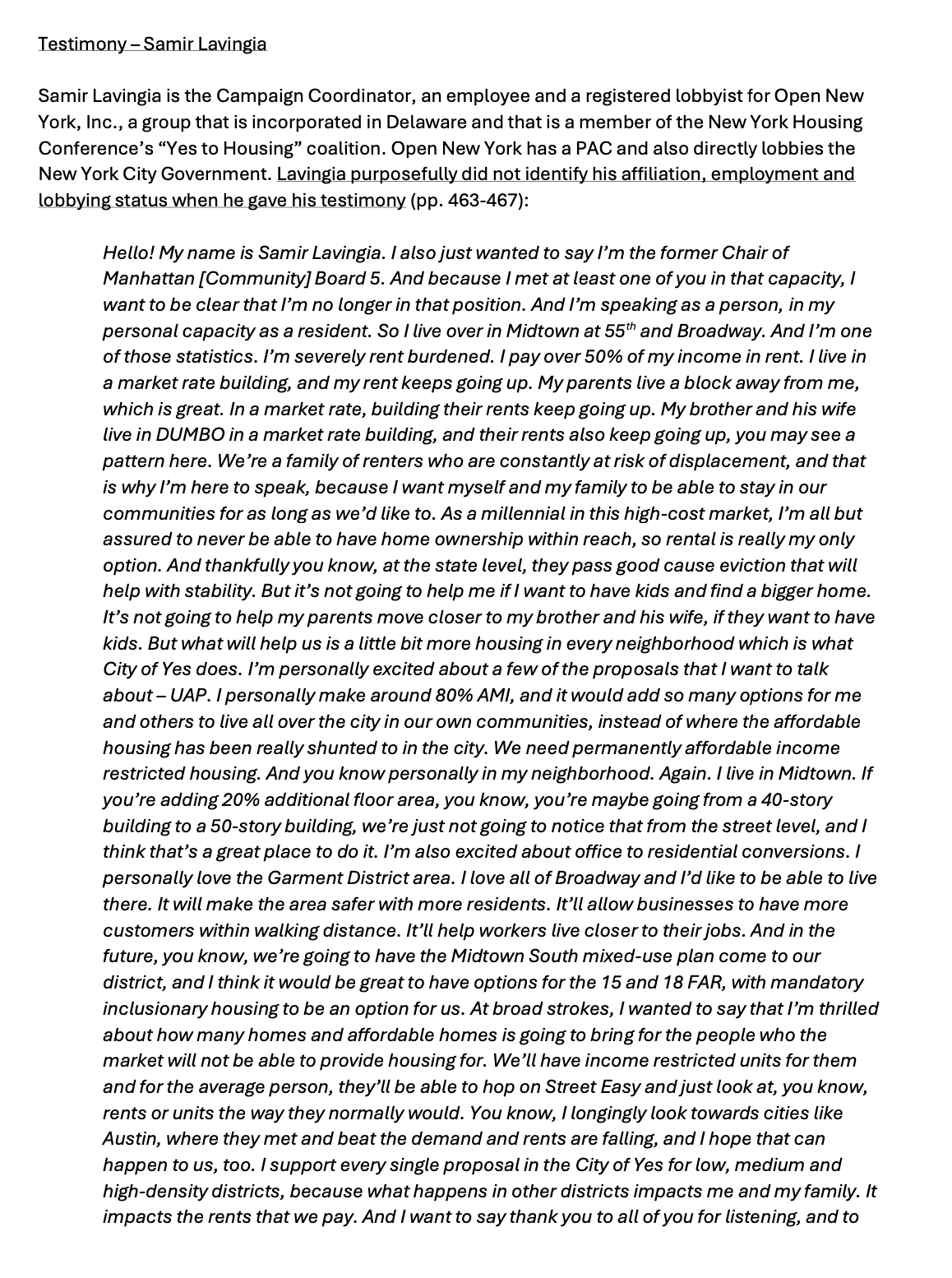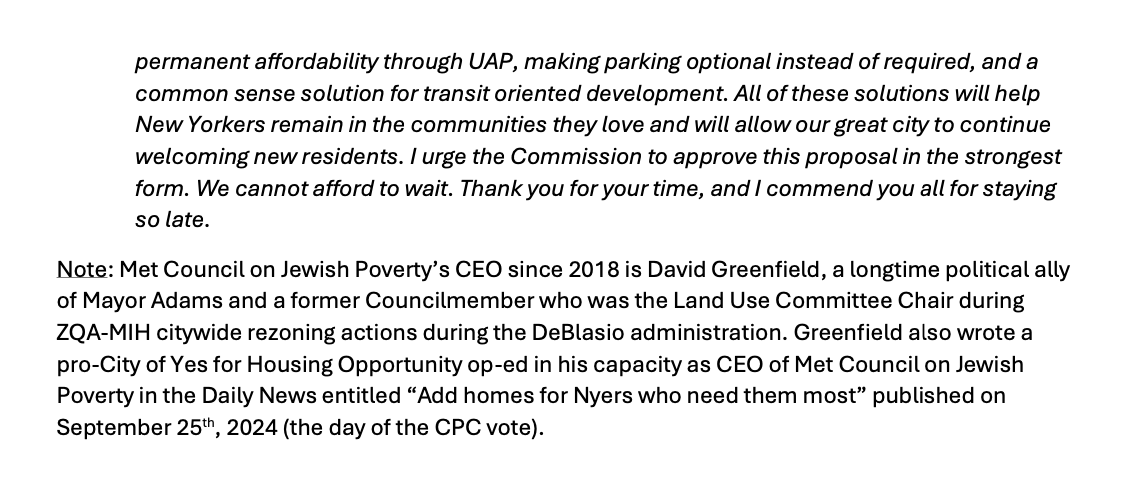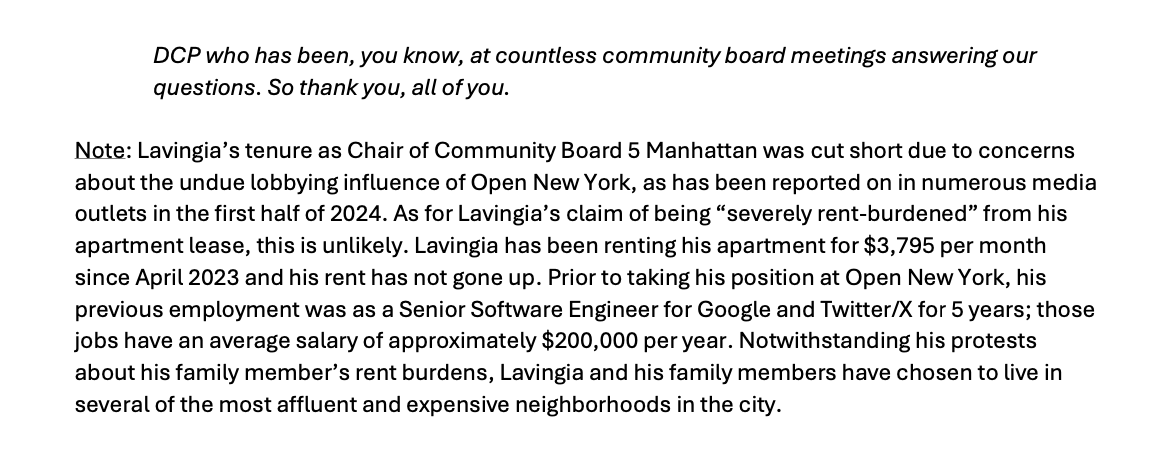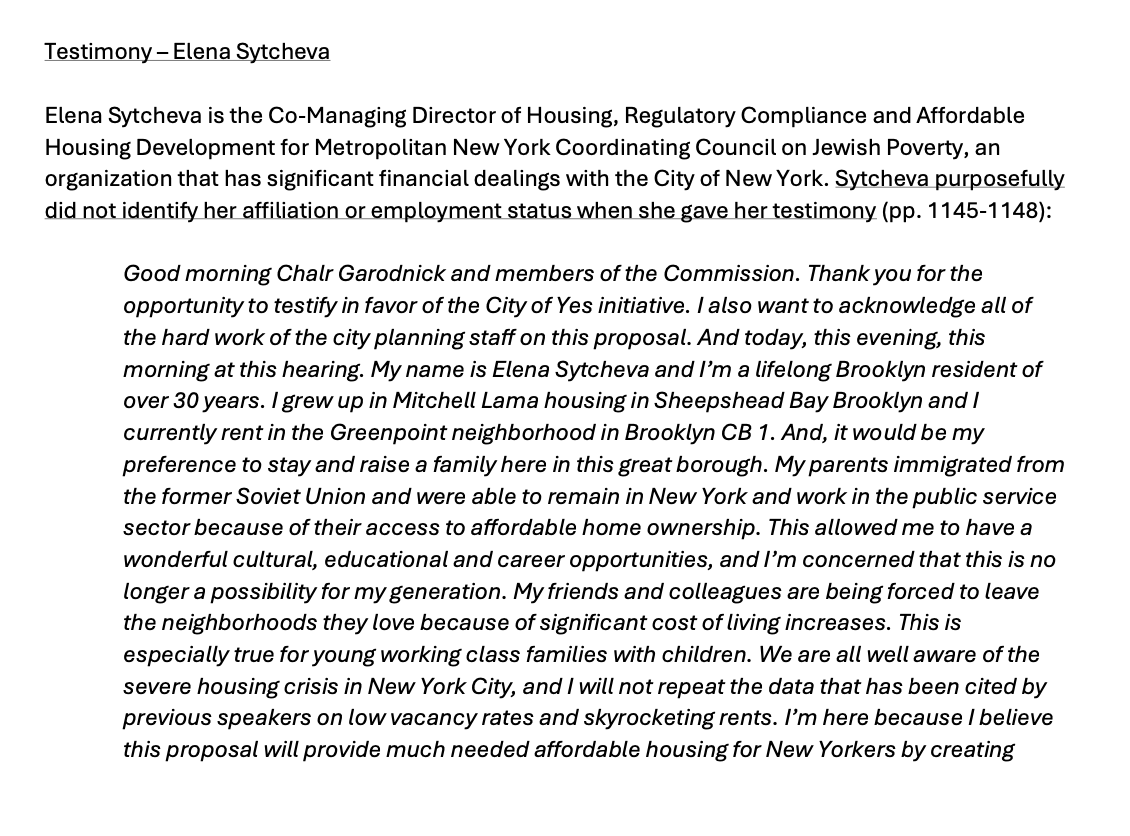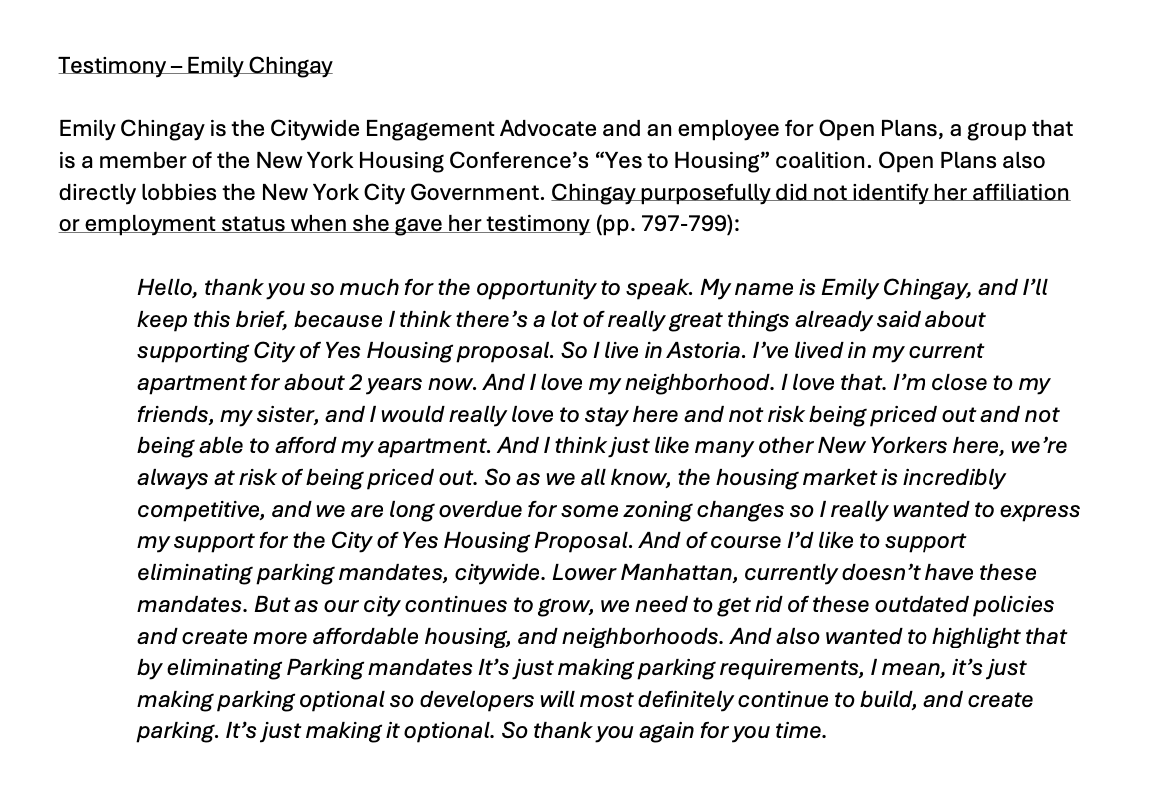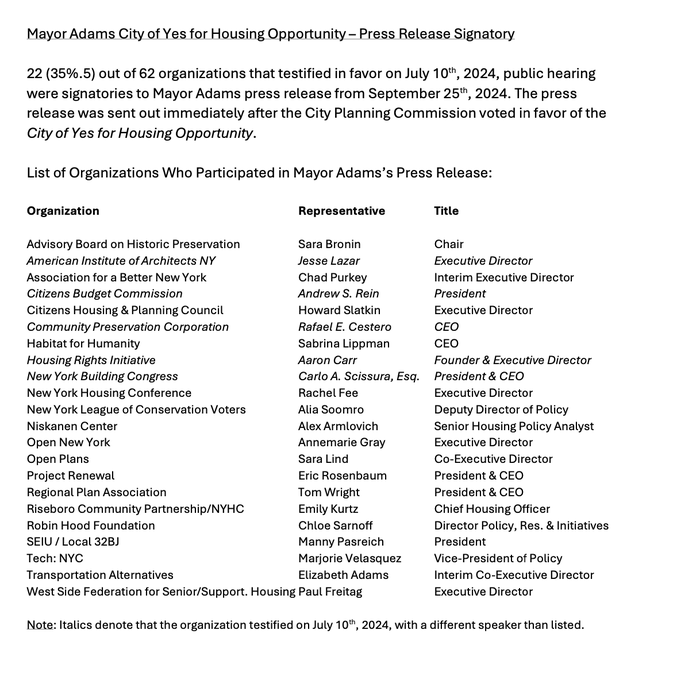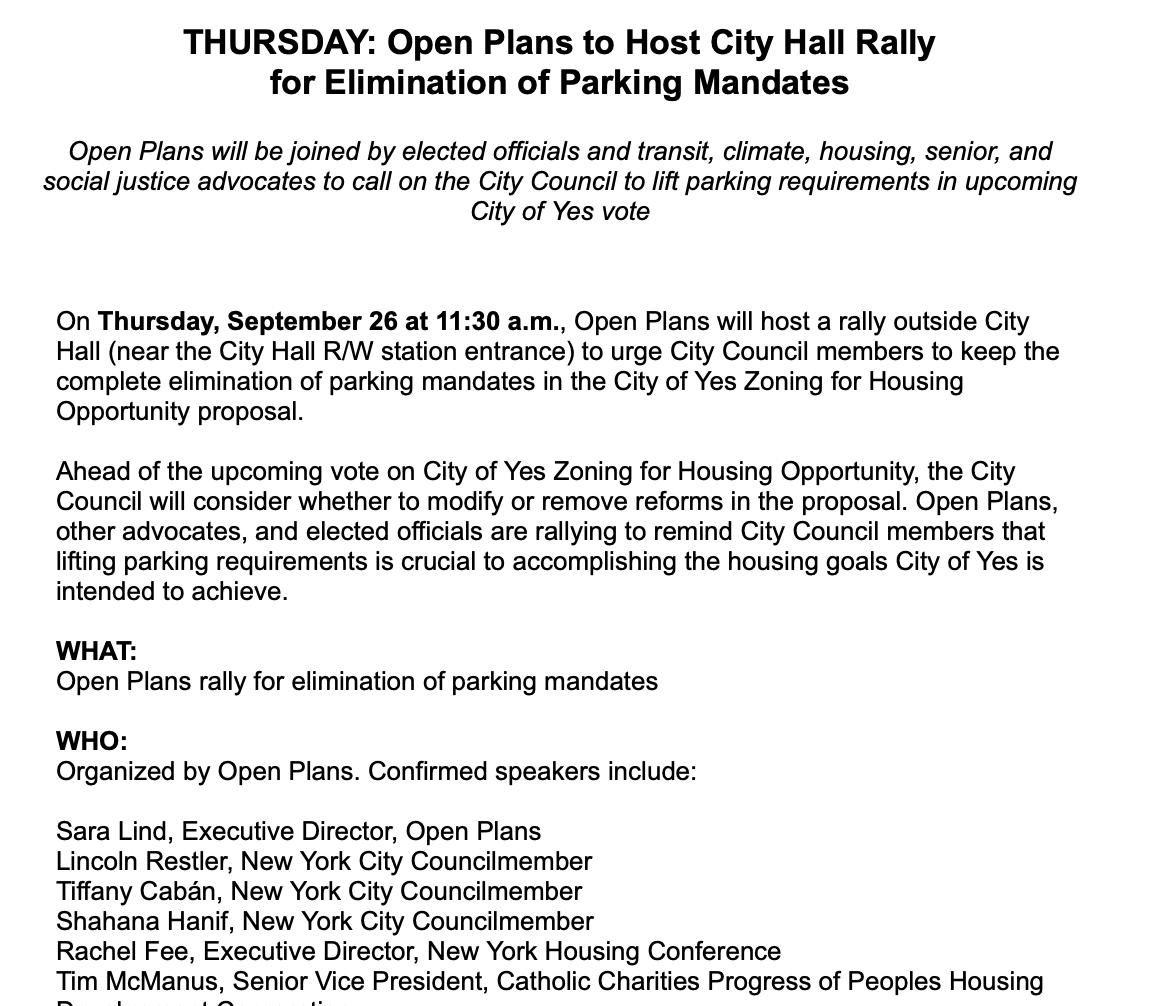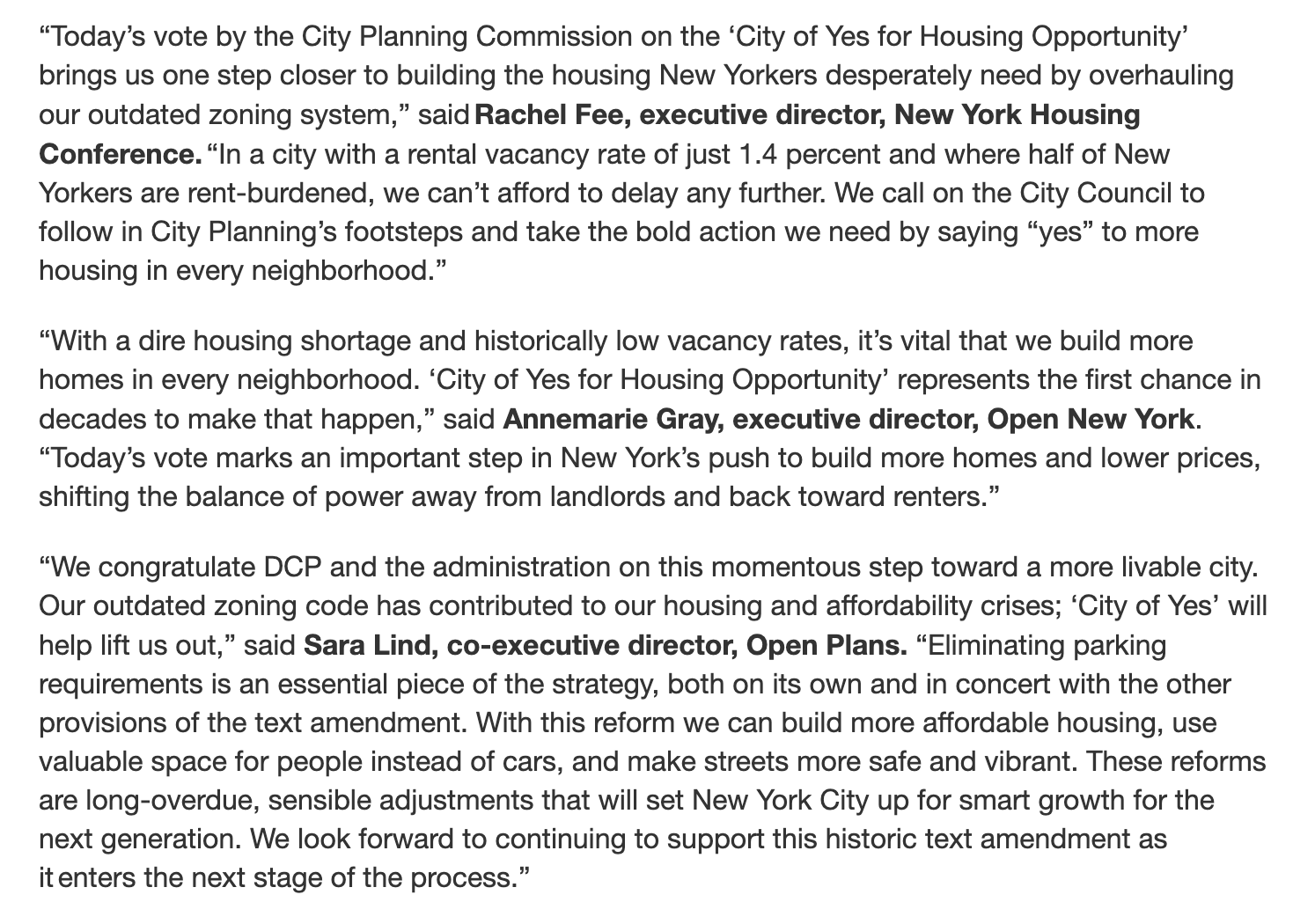Jackson Heights Post A heated dispute has erupted between opposing sides of the 34th
Avenue Open Street program in Jackson Heights — with the initiative’s
co-founder saying he was the victim of homophobic slurs leveled at him
by members of an opposition group.
Jim Burke, a well-known LGBT activist (and volunteer capo for Transportation Alternatives-JQ LLC) and co-founder of the 34th Avenue Open Streets Coalition, says a dispute surrounding the use of 34th Avenue led to him being verbally abused.
The 34th Avenue Open Street Coalition have been staunch advocates for
the corridor to be made a permanent open street, while a rival group,
the Jackson Heights Coop Alliance,
opposes the concept, arguing that is unfair to drivers who need to park
their cars and that it makes it tough for emergency vehicles to
traverse.
Burke, in an interview with the Queens Post Tuesday, said he was
called a “c**k-sucking f****t,” by an SUV driver who he believes is a
member of the Jackson Heights Coop Alliance. However, Burke said that he
wasn’t 100 percent sure that the driver is a member of the Alliance
since he doesn’t know all the people that are part of the group.
Ricardo Pacheco, the leader of the Jackson Heights Coops Alliance,
was critical of Burke for making the accusations and is demanding Burke
provide further evidence. He said the accusations are slanderous and are
just a means to undermine his group.
Pacheco also criticized local leaders, such as Councilmember Shekar
Krishnan, who held a press conference Monday accusing the alliance of
bigotry. He said Krishnan did not investigate the allegations and his
actions were malicious.
Burke also said there have been various instances where passers-by on
the street have uttered racist epithets at volunteers. He said that his
partner Oscar Escobar, whose first language is Spanish and speaks
English with an accent, was asked by two opponents to show his “papers.”
Burke, however, said he doesn’t know for sure if the racist comments
were made by members of the Jackson Heights Coop Alliance, although he
assumes so.
Burke said he has been targeted because of his role with the 34th
Avenue Open Street program. His group advocates for making the 34th
Avenue Open Street program – which runs 26 blocks from Junction
Boulevard to 69th Street along 34th Avenue – a permanent fixture in the
neighborhood.
The strip — which is currently closed off to traffic from 7 a.m. to 7
p.m. on Mondays through Sundays under the program — is being converted
into a series of pedestrian plazas and traffic-restricted zones, in accordance with a plan released by the Department of Transportation in October.
Advocates for the open streets plan, known as Paseo Park, argue that
the open streets initiative has been a huge success since it creates
much-needed public space in the neighborhood.
Opponents of the plan, however, say the plan eliminates much-needed
parking and makes it harder for emergency vehicles to access local
residents.
Burke wrote that the e-mail led to unnecessary strife in the
neighborhood by directing hate toward the volunteers of the 34th Avenue
Open Streets Coalition.
“Purported members of this group have used homophobic, xenophobic,
and racist slurs against our volunteers and program participants,
sometimes in the presence of children and community members,” Burke
wrote. The letter did not go into specifics about the alleged
hate-filled incidents.
He called on Richards to investigate the Board’s leadership for sending out the email.
On Monday, the LGBT Network, a group advocating for LGBT people in Queens and Long Island, held a press conference along the 34th
Avenue Open Street to bring attention to the alleged incidents against
members of the Coalition and called for an end to hate in the
neighborhood.
Burke attended the press conference and was joined by Councilmember
Shekar Krishnan, former Councilmember Danny Dromm, and David Kilmnick,
president and founder of the New York LGBT Network.
Krishnan stood with Burke and the activists to condemn the alleged bigotry.
“I am appalled at the homophobic harassment that 34th Avenue
volunteers like Jim Burke and many others have had to experience by
members of the so-called Jackson Heights Coops Alliance,” Krishnan said.
“No matter how their members may feel about 34th Avenue, there is no
excuse to engage in hate. Jackson Heights Coops Alliance must condemn
its members’ actions now.”
The press conference sparked an almost immediate response from the
Jackson Heights Coop Alliance, which released a statement late Monday
condemning the media event.
“The malicious accusation directed at us by Councilmember Shekar
Krishnan and the 34th Avenue volunteer Jim Burke without concrete
evidence is disturbing, if not pure slander,” the statement, written by Pacheco reads.
“We demand any evidence that supports this claim.”
Furthermore, Pacheco, who is an LGBT activist, alleges that his group
was not contacted about Burke’s claims before the press conference was
held.
On Tuesday, Pacheco wrote an open letter to Krishnan, labeling the councilmember’s actions as “malicious and libelous.”
“Without a shred of evidence, nor even a preliminary investigation,
you proceeded to make malicious, baseless, unfounded, unverified and
hateful allegations against the Jackson Heights Coops Alliance,” the
letter reads.
“This was nothing less than a precalculated attempt to embarrass,
discredit and defame our name as a community organization and attempted
to portray me as being a homophobic bigot.”
“As the president and a gay man myself who has a long history and
proven track record of advocating for the civil rights of LGBTQ+
community, I would never tolerate such bigotry from our alliance or from
anyone else.”
Pacheco also called on Krishnan to make a public apology for his actions.
Krishnan responded to Pacheco’s open letter on Wednesday with a brief statement to the Queens Post.
“We take every instance of hate speech brought to us very seriously,” Krishnan said.
“It’s shocking that when a victim comes forward, the response by some
is to discredit and vilify rather than condemn the harassment.”
Wow, Jimmy is the Jussie Smollett of open streets. For someone who claims that his open street brings people together its hysterical how he never bothered to communicate with his neighbors from the co-op alliance. But it's clear that he chose to feud with them instead and weaponized his connections with elected officials to close 25 blocks from residents, delivery people, and city emergency and sanitation services who need to drive on them. And he didn't even bother to find out the alliance leader was a gay man like him and tried to weaponize bigotry to his and his political allies advantage.
All for a stupid fake park and anti-car agenda.
